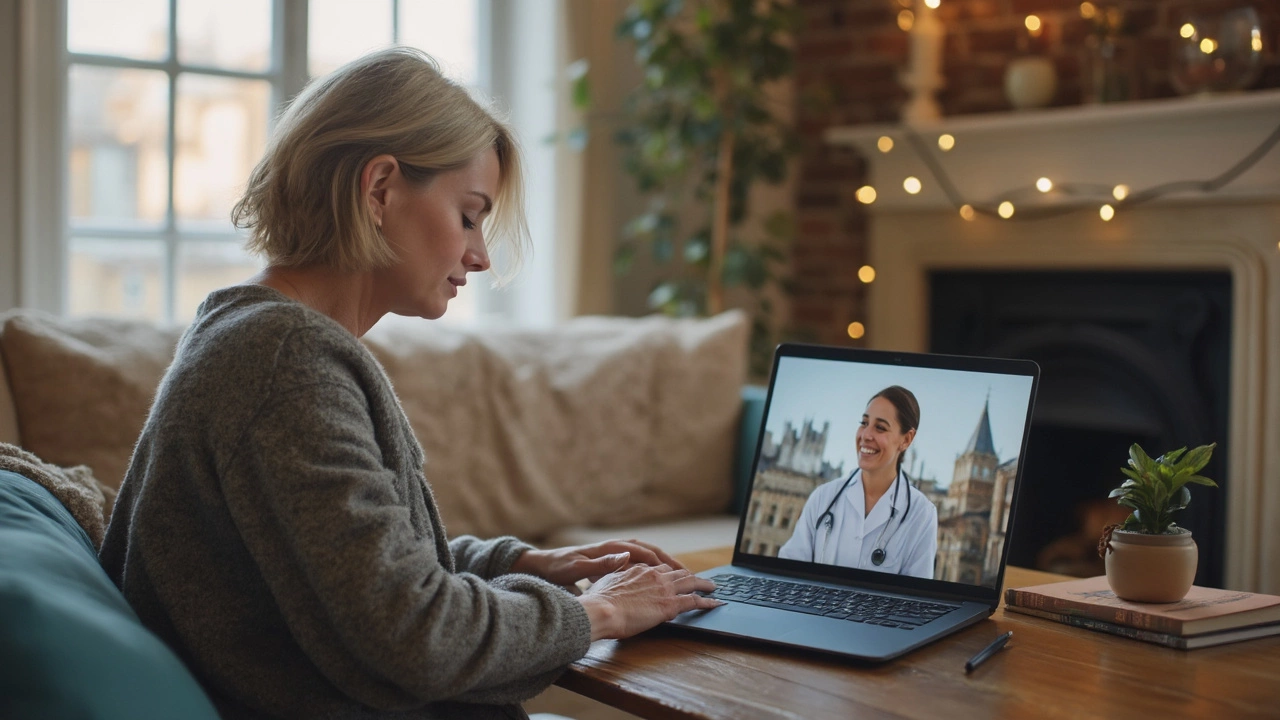Virtual Healthcare: Your Guide to Remote Health Support
Ever wondered how you can get health advice without leaving the couch? Virtual healthcare makes it possible. With a phone, tablet, or computer, you can talk to doctors, physiotherapists, and even massage therapists from anywhere. It’s quick, cheap, and fits into a busy life.
Why Virtual Care Is Worth Trying
First off, waiting rooms are a thing of the past. You book an appointment, click a link, and you’re face‑to‑face with a professional in minutes. That means faster answers for sore muscles, lingering pain, or a new health concern. It also cuts travel costs – no need to drive across town for a quick check‑up.
Second, virtual care is flexible. You can schedule a session early in the morning, during lunch, or late at night. The provider adapts to your timetable, not the other way around. For people who work shift patterns or have childcare duties, this flexibility is a game‑changer.
Lastly, you get a broader pool of specialists. If you live in a small town, you might never meet a sports‑injury physiotherapist in person. Online, you can pick a therapist who focuses on back pain, posture, or even massage‑therapy advice, no matter where they’re based.
How Virtual Healthcare Works With Massage Therapy
Massage therapists are joining the online world too. Through video calls, they can assess posture, suggest stretches, and guide you through self‑massage techniques that complement a professional session. You’ll still get hands‑on treatment when you visit the clinic, but the virtual check‑ins keep you on track between appointments.
Many therapists also use digital tools to track your progress. You fill out a quick questionnaire after each session, and the therapist tweaks the next plan based on your feedback. It’s a simple feedback loop that helps you get the most out of each massage.
If you’re new to virtual health, start with a basic tele‑consultation. Many UK providers offer a free or low‑cost first call. During that call, ask about how remote advice can fit with your current massage routine. A good professional will suggest at‑home exercises, posture tips, and when it’s best to book a hands‑on session.
Don’t forget the tech side. A stable internet connection, a webcam, and a quiet space make the experience smoother. You don’t need fancy lighting – just enough so the therapist can see your back or neck angles. A phone works too, but a bigger screen helps with demonstrations.
When you book, check if the service is covered by your private health insurance or if there are any extra fees. Some insurers now reimburse virtual physiotherapy and mental‑health talks, so it’s worth a quick call to your provider.
Overall, virtual healthcare adds a layer of convenience that can boost the results of any massage therapy plan. It keeps you informed, motivated, and less likely to skip follow‑ups because life gets busy.
Ready to try it? Look for a reputable UK telehealth platform, sign up, and schedule a short intro call. Ask about how they can support your massage goals, and you’ll likely find a blend of online advice and in‑person treatment that feels just right for you.

Best Online Doctor: What Works and What Doesn’t
Choosing an online doctor can feel like guessing in the dark, but with so many options, a closer look at what sets the best apart really helps. This article walks you through what to expect, how to spot trustworthy services, and tips for getting the most out of your online medical visit. We’ll also look at the costs, common pitfalls, and ways people are using telemedicine for conditions you might not expect. Whether you're tech-savvy or just looking for fast help, this read cuts straight to what matters most for your health online.
Categories: Online Doctor Consultation
0
